R. E. Raab, O. L. de Lange9780198567271, 0-19-856727-8
Table of contents :
Preface……Page 6
CONTENTS……Page 10
1.1 Multipole expansion for the potential of a finite static charge distribution……Page 14
1.2 Dependence of electric multipole moments on origin……Page 18
1.3 Permanent and induced multipole moments……Page 19
1.4 Force and torque in an external electrostatic field……Page 20
1.5 Potential energy of a charge distribution in an electrostatic field……Page 21
1.6 Multipole expansion for the vector potential of a finite distribution of steady current……Page 23
1.7 Dependence of magnetic multipole moments on origin……Page 25
1.8 Force and torque in an external magnetostatic field……Page 26
1.9 Potential energy of a current distribution in a magnetostaic field……Page 27
1.10 Multipole expansions for the dynamic scalar and vector potentials……Page 28
1.11 The far- and near-zone limits……Page 30
1.12 Macroscopic media……Page 31
1.13 Maxwell’s macroscopic equations: multipole forms for D and H……Page 36
1.14 Discussion……Page 38
1.15.1 A charge distribution……Page 40
1.15.2 Macroscopic media……Page 41
References……Page 42
2.1 Semi-classical quantum mechanics……Page 45
2.2 Electrostatic perturbation……Page 46
2.3 Buckingham’s derivation of electrostatic multipole moments……Page 50
2.4 Magnetostatic perturbation……Page 51
2.5 Time-dependent fields: standard gauge……Page 53
2.6 Time-dependent fields: the Barron-Gray gauge……Page 58
2.7 Polarizabilities for harmonic plane wave fields……Page 60
2.8 Absorption of radiation……Page 63
2.9 Additional static magnetic polarizabilities……Page 64
2.10 Symmetries……Page 65
2.11 Macroscopic multipole moment and polarizability densities……Page 66
2.12 Phenomenology of the wave–matter interaction……Page 67
References……Page 69
3.1 Coordinate transformations……Page 72
3.2 Vectors……Page 73
3.3 Cartesian tensors……Page 75
3.4 Time reversal……Page 78
3.5 The space and time nature of various tensors……Page 80
3.6 Symmetry and property tensors……Page 83
3.7 Origin dependence of polarizability tensors……Page 88
3.8 A pictorial determination of symmetry conditions……Page 92
References……Page 95
4.1 Constitutive relations……Page 97
4.3 Symmetries……Page 99
4.4 The “Post constraint”……Page 103
4.5.1 Electric dipole order……Page 105
4.5.2 Electric quadrupole–magnetic dipole order……Page 106
4.5.3 Electric octopole–magnetic quadrupole order……Page 107
4.6 Discussion……Page 108
References……Page 111
5.1 The wave equation……Page 113
5.2 Intrinsic Faraday rotation in a ferromagnetic crystal……Page 116
5.3 Natural optical activity……Page 119
5.4 Time-odd linear birefringence in magnetic cubics……Page 123
5.5 Optical properties in the Jones calculus……Page 124
5.6 Gyrotropic birefringence……Page 125
5.7 Linear birefringence in non-magnetic cubic crystals (Lorentz birefringence)……Page 128
5.8 Intrinsic Faraday rotation in magnetic cubics……Page 131
5.9 The Kerr effect in an ideal gas……Page 133
5.10 Forward scattering theory of the Kerr effect……Page 137
5.11 Birefringence induced in a gas by an electric field gradient: forward scattering theory……Page 140
5.11.1 Forward scattering by a molecule……Page 141
5.11.2 Induced moments……Page 142
5.11.3 Forward scattering by a lamina……Page 143
5.11.4 The electrostatic field……Page 144
5.11.5 Radiated field for linearly polarized light……Page 145
5.11.6 Field-gradient-induced birefringence……Page 146
5.11.7 Comparison between theory and experiment……Page 148
5.12 Birefringence induced in a gas by an electric field gradient: wave theory……Page 149
5.13 Discussion……Page 153
References……Page 154
6.1 Reflection and the reflection matrix……Page 158
6.2 The principle of reciprocity……Page 160
6.3 Equations of continuity……Page 163
6.4 Matching conditions in multipole theory……Page 166
6.5 The reflection matrix lor non-magnetic uniaxial and cubic crystals……Page 169
6.6 Solutions of the wave equation……Page 175
6.7 Reflection coefficients……Page 178
6.8 Tests of translational and time-reversal invariance……Page 181
6.9 Discussion……Page 182
References……Page 183
7.1 Gauge transformations of the 4-vector potential……Page 185
7.2 “Gauge transformations” of response fields……Page 186
7.4 Transformations of linear constitutive relations in multipole theory……Page 187
References……Page 190
8.1 Electric dipole order……Page 191
8.2 Electric quadrupole–magnetic dipole order, non-magnetic medium……Page 193
8.3 Electric quadrupole–magnetic dipole order, magnetic medium……Page 196
8.4 Discussion……Page 199
References……Page 202
9.1 The wave equation and transmission……Page 204
9.2 Reflection from non-magnetic uniaxial and cubic crystals……Page 205
9.3 Explicit results for non-magnetic uniaxial crystals……Page 208
9.4 Explicit results for non-magnetic cubic crystals……Page 210
9.5 Tests of translational and time-reversal invariance……Page 211
9.6 Reflection from antiferromagnetic Cr[sub(2)]O[sub(3)]: first configuration……Page 212
9.7 Reflection from antiferromagnetic Cr[sub(2)]O[sub(3)]: second configuration……Page 215
9.8 Comparison with experiment for Cr[sub(2)]O[sub(3)]……Page 218
9.10 Summary……Page 219
References……Page 223
A: Transformations involving J……Page 224
B: Magnetostatic field……Page 226
C: Magnetostatic force……Page 227
D: Magnetostatic torque……Page 228
E: Integral transformations……Page 229
F: Origin dependence of a polarizability tensor……Page 231
G: Invariance of transformed tensors……Page 233
D……Page 234
H……Page 235
L……Page 236
Q……Page 237
U……Page 238
Z……Page 239
E……Page 242
H……Page 243
M……Page 244
O……Page 245
R……Page 246
T……Page 247
W……Page 248
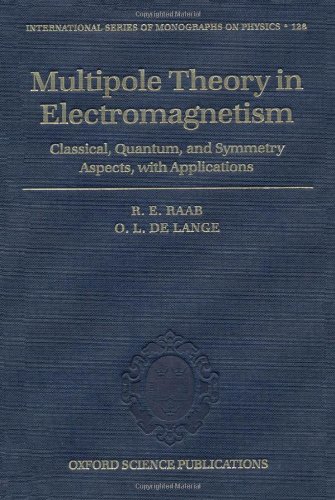
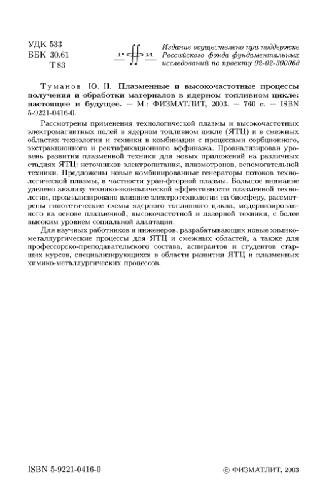

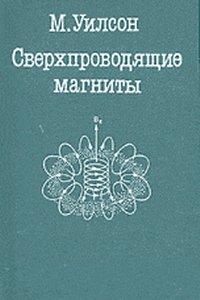
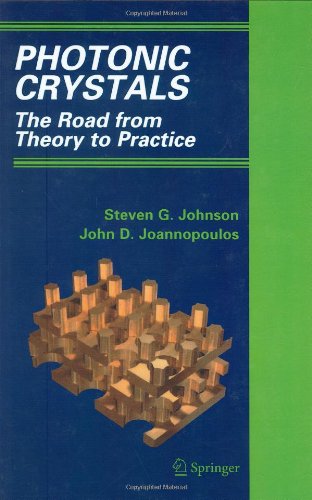

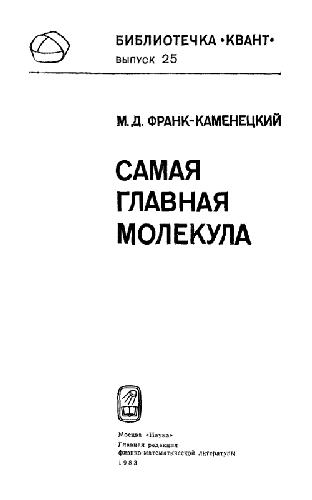
Reviews
There are no reviews yet.